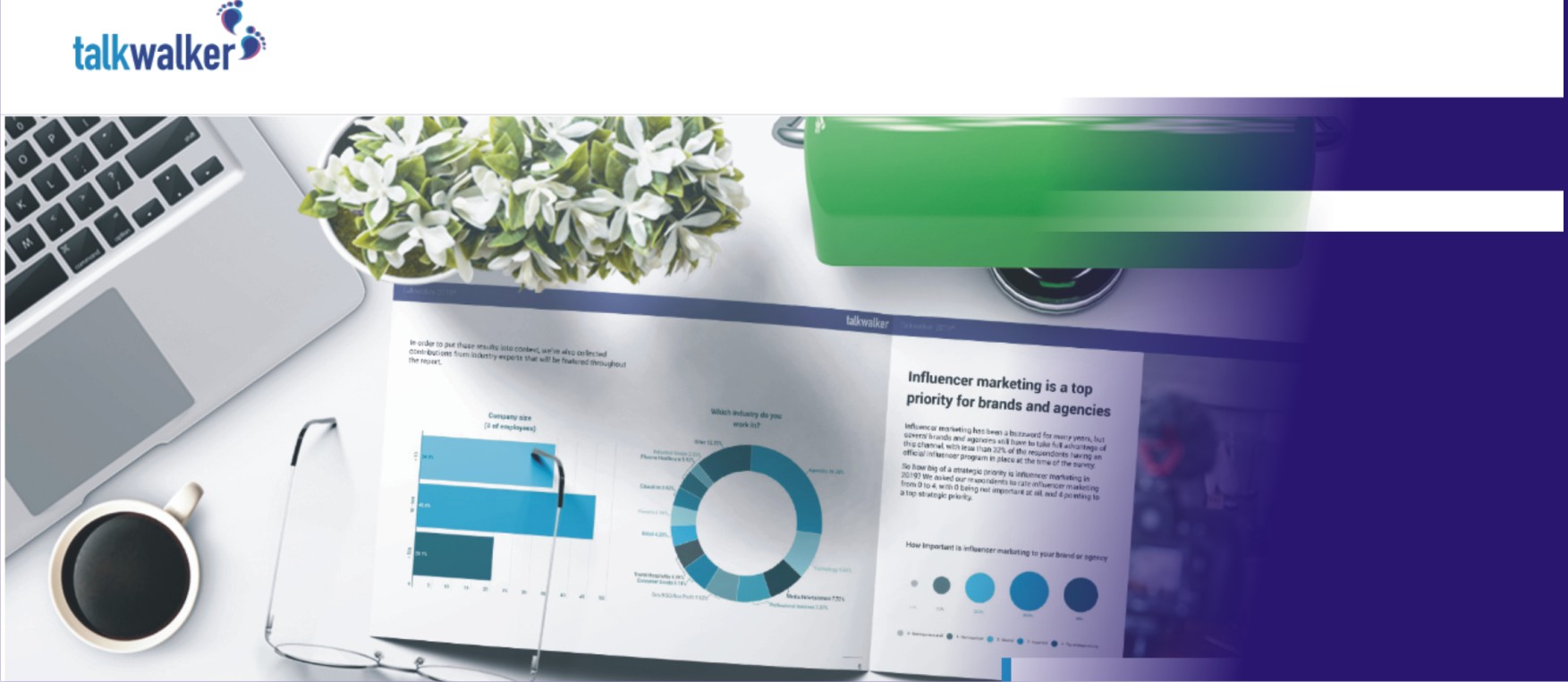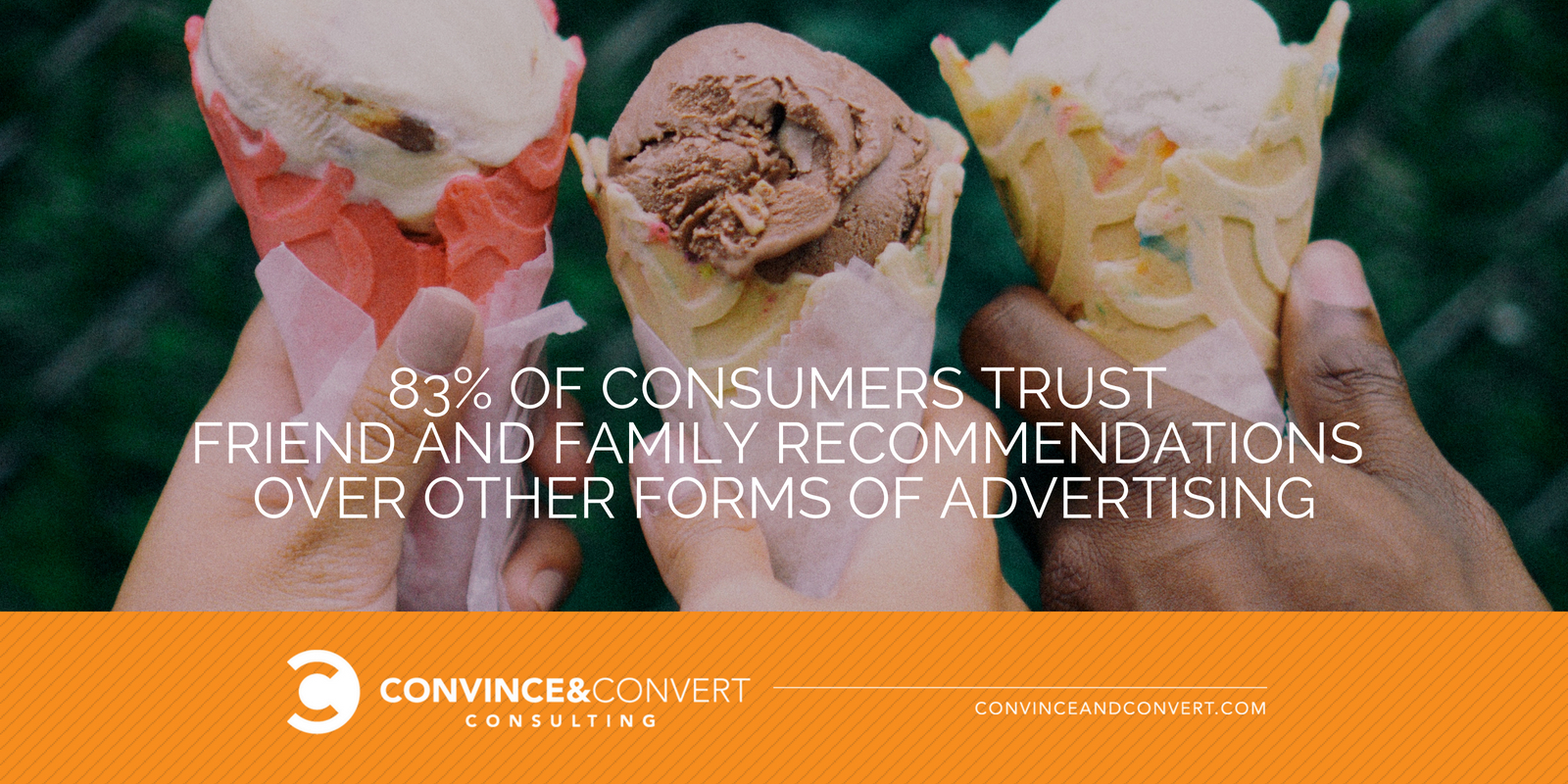Marketing keeps evolving with the most easy way to carry out projects while ensuring that the returns on investment is worth it.
Today we are considering what some 5 major Influencer marketing companies for us to share with you our keen readers.
- Case 1: Global Influencer Marketing 2019 (What to Know About Spending, Stories, Fraud and Microinfluencers)
Lets see what e Marketer is got to say on Influencer Marketing as it becomes a very rampart world in the digital age.
-
Case 2:The Global State of Influencer Marketing in 2019
Influencer marketing is a buzzword included in most social media trends articles written over the past few years, but what is the reality on the ground?
We’re pleased to present our Global State of Influencer Marketing Report, based on the responses of over 800 marketing and PR professionals from brands and agencies.
Top 3 figures
- 69% of respondents ranked influencer marketing as a key strategic priority
- Over 71% of IM professionals currently work with 50 influencers or less
- 61% will increase the amount of money they invest in influencer marketing in 2019
-
Case 3: How To Stay Competitive In The Growing World Of Influencer Marketing
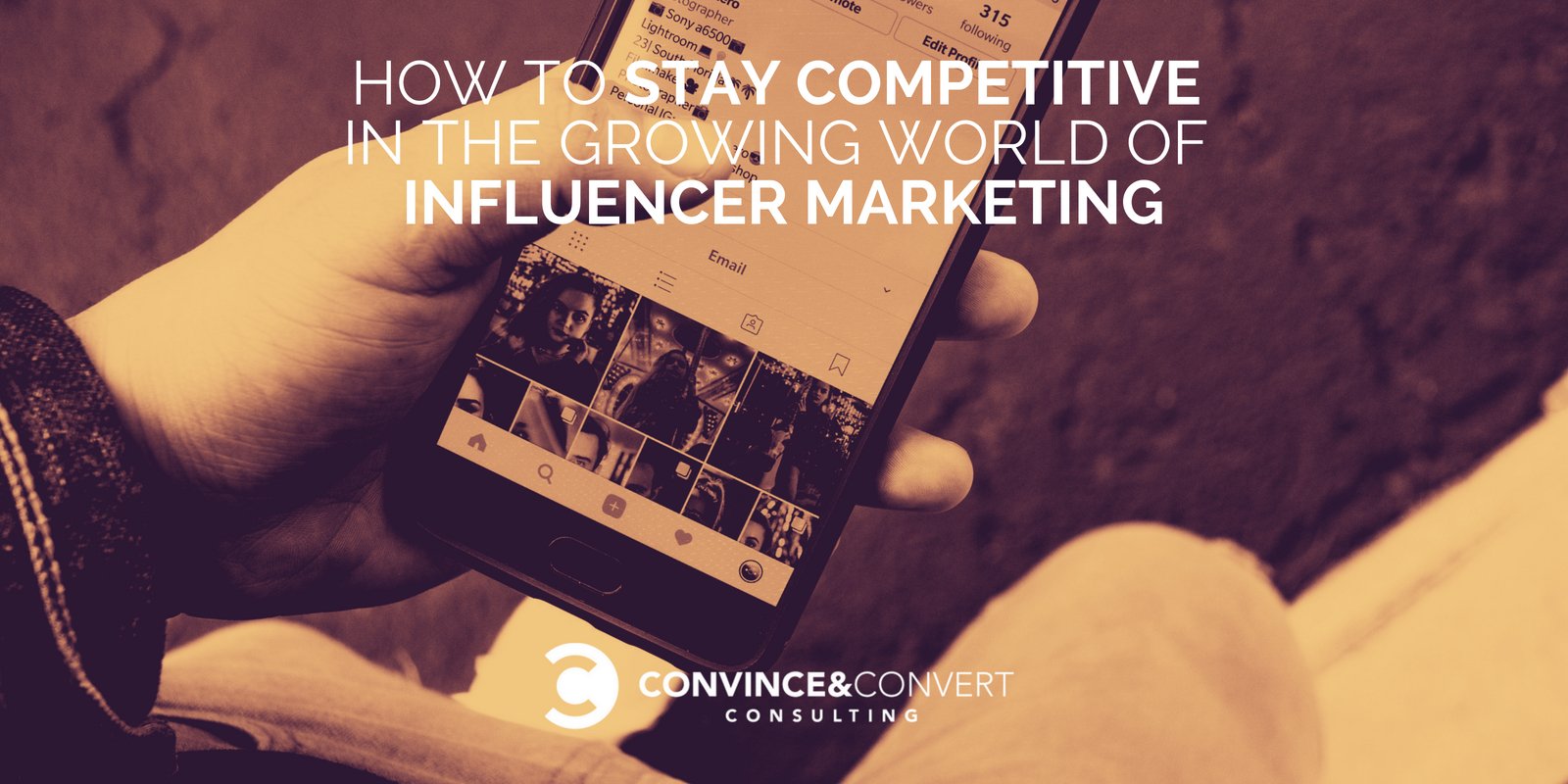
Not so long ago, internet marketing was all about affiliates. It was one of the more effective ways to reach a mass audience, and brands could compete with one another through an affiliate publisher, or web portal, to increase exposure and drive sales.
Now, ordinary individuals can gain massive reach through a single social channel. Brands that once relied on affiliates to promote their products online are turning to influencers to lend more legitimacy to their wares.
Because of my background in affiliate marketing, I can say with confidence that influencer marketing is the new wave of affiliate marketing. The most engaging of influencers leverage the newest, most exciting technologies to provide a better experience for their audiences.
Brands that once relied on affiliates to promote their products online are turning to influencers.CLICK TO TWEET
The Future of Influencer Marketing
It’s easy to see what I’m talking about just by looking at trends. Consumers are “cutting the cord” from cable television, instead choosing to create their own viewing experiences from their phones, tablets, and computers. Those still tethered to the tube now have the ability to skip what they deem unnecessary and consume digital content whenever they want.
Cord-cutting—and a growing skepticism about what brands say about themselves—has bolstered the impact of user-generated content, making celebrities (or microcelebrities) out of people with knacks for taking selfies and videos of themselves.
The influencer marketing space will keep evolving, especially as people continue consuming digital content. Greater sophistication will emerge regarding the ways that brands customize their messaging and measure the impact of their marketing efforts—particularly through this new breed of media personality.
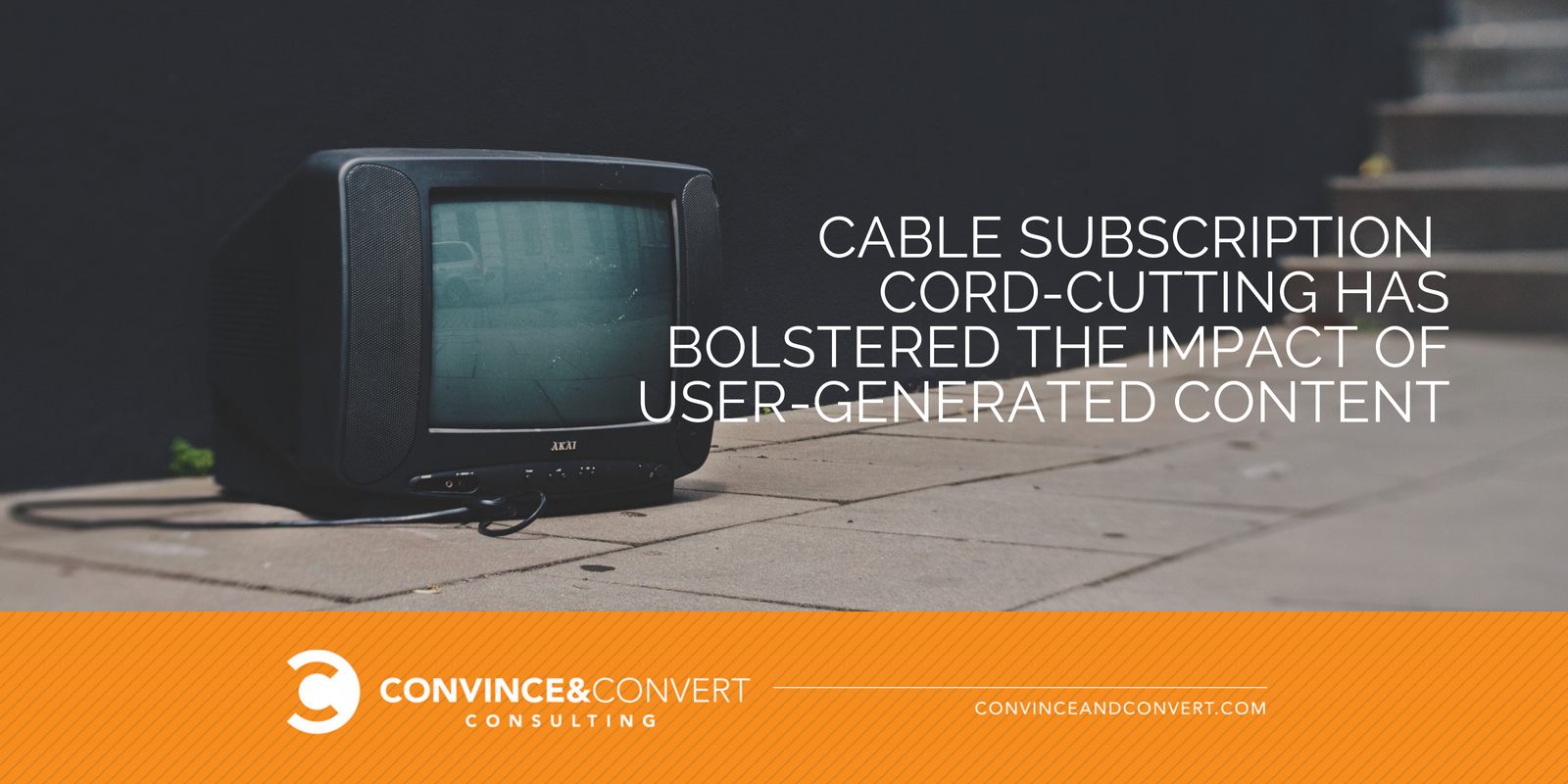
Platforms of Influence
Curated newsletters are growing in popularity. If you follow business influencers on platforms like Twitter or LinkedIn, you will most likely find them promoting an article in a newsletter. And if you like what you read, you’ll keep going back. Eventually, the authors of that content will become trusted sources of information, and what they say will have some sway over your thoughts. And when they start promoting a product or service, it just might become a viable purchasing decision.
Newsletters and blog posts are nothing new, but what I’m getting at is the importance of thinking outside the box to reach your target audience. It’s becoming increasingly clear that traditional marketing methods are no longer enough to increase brand awareness. You need to lean on the people who have influence with your ideal customers.
3 Tips to Influence Others
How do you use these influencers to your advantage? Keep these three strategies in mind.
1. Be selective in your choice of influencers.
Influencer marketing is like any other form of marketing—at least when it comes to the basics. It’s essential to understand your audience members before you can reach them, let alone provide them with anything of value.
Segment your target audience into personas based on their likes, interests, and hobbies. Then, find influencers who already appeal to those personas, rather than selecting influencers solely for their reach.
Athletic shoe brand ASICS successfully targeted a variety of personas by harnessing influencers at different levels of expertise. To promote FrontRunners, its global health and fitness initiative, it sourced content from amateur, semi-professional, and professional runners. These influencers created profiles and blog pieces the brand used to target a wide range of readers, from those interested in distance running to those just in the market for a shoe.
Relevance is, after all, the most important element in your relationship with any influencer. Reaching the right people requires choosing an influencer who shares the same target audience as your brand. And with 83 percent of consumers trusting friend and family recommendations, it’s easy to tap a source that has authority over purchase decisions. Followers of influencers often regard their videos, photos, and other posts as endorsements from a trusted friend.
2. Go niche with your influence.
Plenty of influencers reach millions of people, but partnering with them sometimes provides the same results as other “mass” marketing efforts: a big bang for few bucks—at least on the back end.
Instead, try looking for influencers or channels with smaller followings. They often offer more engaged and devoted fan bases. They will also know their audiences well and communicate in ways that will generate responses.
Sperry embraced this method when it elected to go smaller with a 2016 campaign that partnered with more than 100 Instagram micro-influencers. The boat shoe brand sought loyalists who were already sharing primo photos of the shoes via their personal Instagram accounts and asked the customers to create similarly alluring photos for Sperry’s own account. The approach had less to do with ROI and more to do with widening the brand’s social imprint, which can produce financial dividends in due time. Sperry saw what possibilities could arise from investing in niche influencers, like what Amazon did when it invested in the live-streaming video platform Twitch.
Twitch viewers watch other people play video games. The platform currently has more than 100 million monthly visitors, with nearly half clocking more than 20 hours of viewing each week. Amazon saw so much potential in Twitch’s ability to drive game sales that it bought the service for nearly $1 billion in 2014. Influencers on the channel feature products they like, earning commissions on any resulting sales. Twitch has proved an easy way to tap a big potential audience.
3. Create the right mix of content.
Think of influencer marketing agency in Lagos like you would content marketing: It provides just as many types of content, and each content type connects you to a different portion of your audience.
In other words, don’t rely solely on short-form content platforms like Snapchat or Instagram. Although these platforms have viewer influence, depending exclusively on them means you might miss out on opportunities that only long-form content can provide. Instead, consider using sites like Medium to strike the right balance with your mix of content. Unlike Snapchat or Instagram, Medium provides a channel for your audience to dig deeper into topics.
You should always be curating marketing collateral, and any good collection has more than one form of content. The real trick is knowing when to use a picture, video, article, or even email to further the conversation.
Influencer marketing is quickly becoming the most powerful weapon in a marketer’s arsenal of strategies. Using it effectively comes with a learning curve, and it can take time, energy, and a whole lot of research to find the right influencer to promote your brand. But once you do, it can be a match made in heaven for your bottom line.
-
Case 4: How To Stay Competitive In The Growing World Of Influencer Marketing
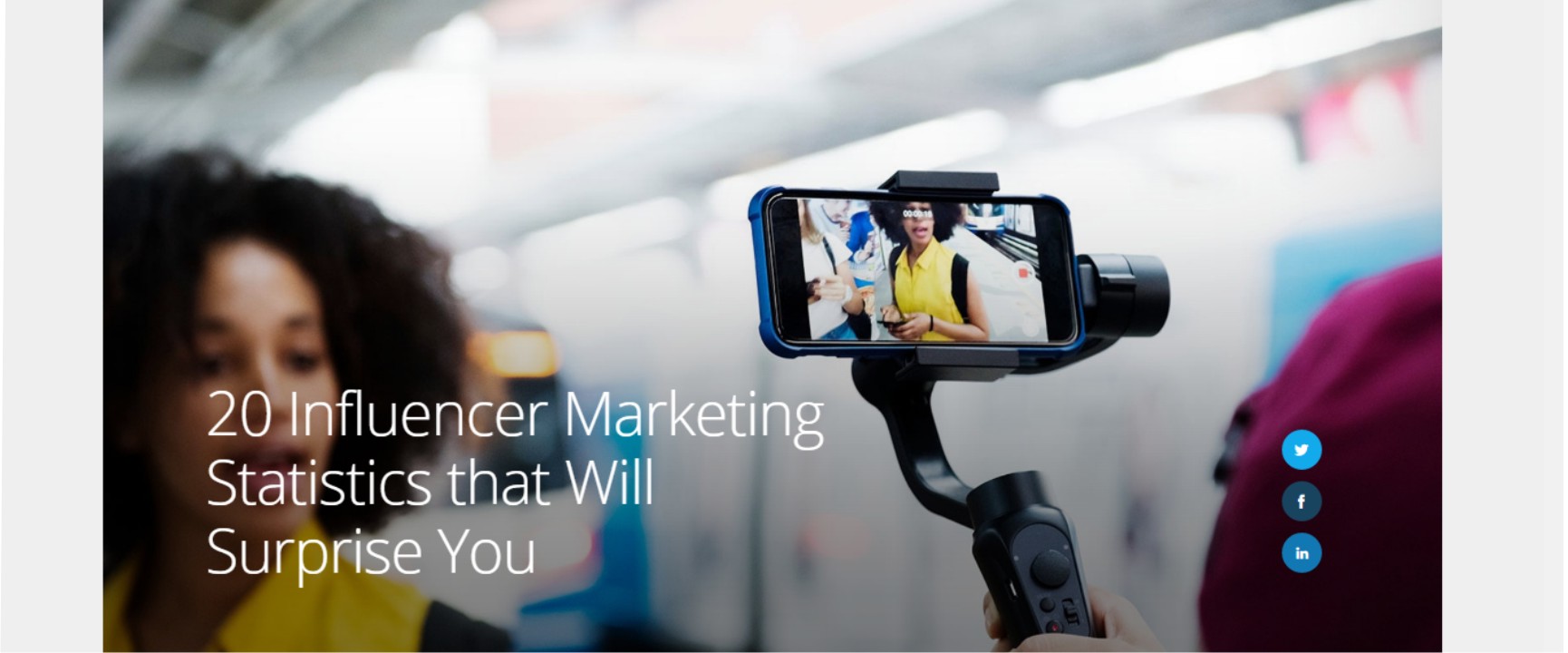
As social media becomes a more integrated part of our lives, influencer marketinghas exploded. People are turning to their favorite Instagram models, Twitter personalities and YouTube stars for advice and recommendations on purchasing decisions.
These influencers are trusted by millions of consumers, and marketers are paying attention. It turns out 86% of them used influencer marketing since last year, and budgets for influencer marketing are skyrocketing.
Social media has given normal people an opportunity to build their own brand through stimulating content and engagement. These new influencers are more relatable than traditional celebrities. Since more people are joining social media networks every day, companies have begun to realize they can leverage these platforms for marketing.
Interest in influencer marketing has only raised, which means a lot of research has been conducted which has produced interesting statistics. So let’s take a look at some of the most eye-popping results of these studies. Here are 20 influencer marketing stats that will surprise you.
1) 70% of Teens Trust Influencers More than Traditional Celebrities
It’s extremely difficult for brands to build the same level of trust influencers possess, but thanks to influencer marketing that trust is transmitted to your brand. So much so that 4 in 10 millennial subscribers say their favorite influencer understand them better than their friends
Another effect of influencer marketing is that brands don’t have to waste resources promoting themselves, and instead use influencers to speak on their behalf and deliver the message they want people to here and trust.
2) 86% of Women Use Social Media for Purchasing Advice

This statistic should be important to any brand that either has women as their primary target audience or within their scope of ideal customers.
It seems if you want to reach more women and get them to buy your product or service, you need to be present on social media and aware of the influencers that they are interested in. And this behavior is growing as 45% of women claim to be more active on social media that they were just 2 years ago.
When it comes to influencer marketing, over half of women made purchases due to influencer posts with Facebook and Instagram being the preferred platforms. The key to engaging this cohort through influencers is to be genuine and inspirational.
3) 49% of Consumers Depend on Influencer Recommendations
This statistic demonstrates the growing importance of social media influences for brands to connect with their audiences. Not only do 49% of consumers depend on influencer recommendations but 40% had purchased something after seeing it on Twitter, YouTube or Instagram.
If consumers feel confident about an influencer’s recommendation, they are more likely to make a purchase. Brands are able to piggyback on the trust of influencers.
4) 6 in 10 Teens Follow Advice From Influencers Over Celebrities
The word of a celebrity isn’t as valuable as it used to be. Not only do customers have a hard time trusting brands, but also traditional celebrities seem to have lost the influence they once had.
Influencers have the power to forge strong ties with fans and experience a more engaged audience gaining 3 times as many views, twice as many actions and 12 times as many comments compared to videos from traditional celebrities.
It seems these days’ consumers trust social media influencers and their peers above anybody else. Power has shifted to social media influencers.
5) Influencer Marketing Campaigns Earn $6.50 for Every Dollar Spent
With 59% of marketers planning to increase their influencer marketing budgets, this area of marketing is becoming the fastest growing channel for brands beating organic search, paid search and email marketing.
According to a Tomson study, businesses earn $6.50 for each dollar spent on influencers with the top 13% earning $20 or even more. That’s a significant return on investment considering that over half of marketers also consider the customers they acquire through this route as better prospects.
In terms fo influencer channels, blogs and Facebook are cited as the most effective platforms.
6) Influencer Marketing Is the Fastest-Growing Online Customer-Acquisition Method
More brands are hopping on the influencer marketing train. It’s becoming more important than ever to build relationships with influencers who resonate with your brand and to create campaigns, which are aligned with the values of an influencer’s followers.
In addition, 22% of marketers say influencer marketing is the most cost-effective method of obtaining new customers.
7) 57% of Fashion and Beauty Companies Engage in Influencer Marketing

Fashion and beauty are industries that rely heavily on influencer marketing as organic growth for brands has become more challenging without advertising and amplification.
In this sector, 57% of companies now use influencers as part of their marketing mix while 21% are planning to add this to their strategy in the coming year.
Many brands now use influencers to great success such as Lush using Grav3yardgirl and Nicole Guerriero gaining thousands of views on YouTube. However, while many fashion and beauty brands are keen on using influencers, many want to ensure that a brand affinity exists in order to drive success.
8) Major Brands Plan to Increase Spend on Influencer Marketing
More brands and marketers are coming to realize the incredible results that influence marketing can produce. This impact is resulting in an increase in spend with 67% of marketers planning to increase their budgets in the next 12 months particularly on Instagram.
Not only is spend increasing to help boost brand awareness, reach new audiences and improve brand advocacy, but it’s fast becoming the key channel for many marketers.
9) The Influencer Marketing Industry is Expected to Hit $10bn by 2020
As an industry, influencer marketing has expanded exponentially over the past two years. Worth just $2 billion in 2017, the industry is set to reach $10 billion by 2020 as the industry witnesses more growth and becomes a more effective marketplace.
This growth means more widespread use in marketing and will require marketers to evolve strategies in the way campaigns are measured, create analytics to scale campaigns and look at how to manage relationships between brands and influencers.
10) 74% of People Trust Social Networks to Guide Purchasing Decisions

About three-quarters of consumers trust opinions they find on social media, including those from friends, families, and influencers, to help them make the right decision about buying a product or service.
This creates huge opportunities for marketers in the promotion of products (sponsored or not) to reach new audiences and influence key cohorts such as millennials and Gen Z.
11. Influencer Marketing has Surpassed Print Marketing
What this means is brands are undergoing a transition in the ways they spend their marketing budgets. Expensive and inefficient ad buys, such as those found in newspapers and magazines, are giving way to influencer marketing.
The return on investment in influencer marketing is far outpacing any traditional medium.
12. 40% of Customers Use Ad-Blocking Technology
More and more internet users are removing traditional ads from their online experience. In the U.S. ad-blocking usage is 40% on laptops and 15% on mobile as consumers are tired of being hammered with pop-ups and banners.
But influencers are now filling the gap. People aren’t blocking videos from their favorite social media celebrities; in fact, they’re eating up every word they say. Advertising power is shifting to real people and influencers.
13. Marketers spend $25,000-$50,000 on Influencer Marketing Campaigns
Spending on influencers has gone up over the past few years, and it’s only going to increase.
Many budgets for influencer marketing are on the rise with marketers expected to invest an average of $25,000-$50,000 in multifaceted campaigns, which is in line with many external marketing budgets of small-to-medium sized companies.
14) 40% of Twitter Users Made a Purchase Based on a Tweet

It seems Twitter influencers do, as a matter of fact, have the ability to impact the purchasing decisions of followers. On the platform, influencers are now rivaling friends in terms of building trust with 49% of Twitter users saying they relied on influencers compared to 56% listening to friends.
Engaging in marketing campaigns with influencers over Twitter clearly has the potential to drive up sales for goods and services.
15) 67% of Marketers Promote Content With the Help of Influencers
We already mentioned 73% of marketers have a budget set aside for influencer marketing, but as of right now just 67% are actively engaging with and have a relationship with influencers. They’re getting ahead of the curve and striking marketing deals to borrow their trust.
Now is the time to jump in and get involved in influencer marketing. It’s time to do your research and find influencers who might have the trust and dedication of your target audience.
16) Facebook Is the Most Influential Social Media Network
With about two billion monthly users across the world, Facebook is the most influential social media channel with 19% of purchasing decisions being influenced by the platform.
Other social media networks are catching up to the giant, but Facebook remains on top. It’s important to stay active on Facebook and engage with influencers for marketing purposes.
17) YouTube Is Hot on Facebook’s Heels

While Facebook is still the alpha dog, YouTube is right behind with 18% marketing influence. The platform has made celebrities and influencers of regular people, and fame is open to all age groups and demographics.
There’s something for everybody on YouTube, and marketers are taking notice by putting more money into influencer marketing on the platform.
18) 60% of Consumers Have Been Influenced by Social Media or Blog While Shopping at a Store
This changes the meaning of comparison shopping. According to research, 3% of consumers would consider buying a product in-store if promoted by a celebrity compared to 60% for an influencer.
Not only is the influence greater, but over half of customers are consulting blogs and social media on their mobiles prior to shopping highlighting the importance of easy to find information and posts (social and blogs) to reveal a product’s reputation.
19) Purchase Intent Increased by 5.2x by Influencers on Twitter
Part of influencer marketing research means discovering which social media networks are most suitable for promoting your brand and where your target audience can be found.
According to Twitter influencers created a 5.2x increase in purchase intent when users were exposed to brand and influencer tweets compared to 2.7x when just shown brand tweets.
20) 71% of Marketers Believe Influencer Partnerships are Good for Business
Influencer marketing campaigns should not be a one-and-done proposition but are a valuable strategy in a marketer’s toolkit. with nearly three-quarters of marketing professionals citing them as good for business.
If you can partner with them and create a long-term relationship, making them ambassadors of your brand, the message they portray comes across as more trusted instead of promotional. It helps to boost your brand’s credibility if you’re seen as trusted by an influencer.
Join the Social Influencer Marketing Party
It’s better late than never when it comes to developing an influencer marketing campaign. A good way to start would be to reach out to some of your industry’s top influencers and show off your great product or service. Otherwise, do research on some of the big-time social media influencers and find out which ones have your target audience as a significant portion of their following and go from there.
Either way, understanding how to use influencer marketing to its true potential will help to drive brand awareness, leads and revenue.
However, when the thoughts comes up please recall the best influencer marketing company in Lagos Nigeria for influencer marketing services in Lagos Nigeria
Read More On Our Blog



